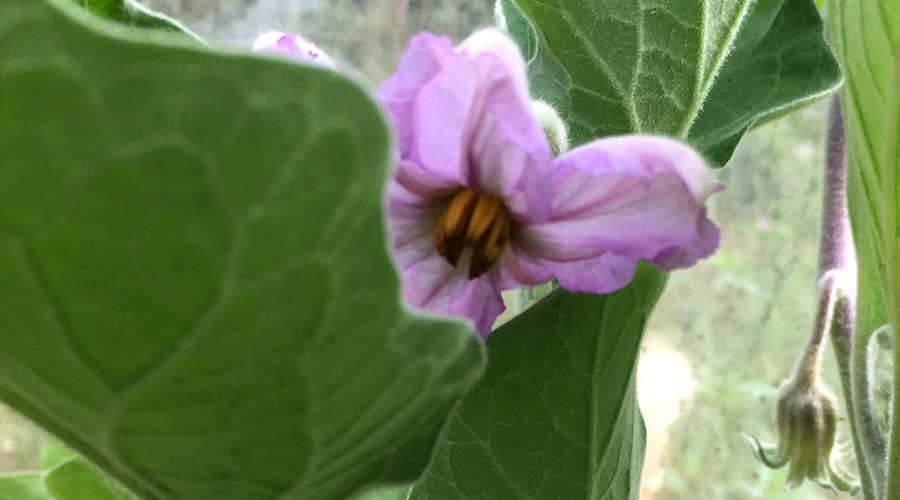As a general rule, you shouldn’t need to hand pollinate plants, but it can help with a few varieties, and can be beneficial for some plants that are grown in a polytunnel or greenhouse as well, or in an urban environment if pollinators are scarce.
Hand-pollinating in urban areas, if pollinators are scarce
This can be the case in those gardens that are very enclosed or surrounded by other buildings etc. Often these gardens don’t get much breeze either, so wind pollination can also be low. You’ll know if this is your garden if you sit out in it and swelter with no breeze for respite, and not a bee or wasp to be seen.
Hand-pollinating in greenhouses and polytunnels
Usually, with an open door or window, you should get enough pollinators through a greenhouse or polytunnel. Be sure to open a few windows or keep the door ajar during the daytimes, and plant up some tagetes and marigolds to help attract them. If you are growing full-sized sweetcorn (not minipop baby corn) in a greenhouse or polytunnel, then it is wise to give them a little shake from time to time, to mimic the swaying of the wind, as these rely on wind-pollination. Do this once the blonde silks have grown on the cobs.(The reason you don’t do this for minipop baby corn is that you want to harvest these before pollination anyway)
Tomatoes, peppers, chillies and cucumbers in a greenhouse tend to do fine in terms of pollination – the only plant that can be a little problematic is aubergine – it’s a good idea to use a soft paintbrush to dab from flower to flower, pretending to be a bee, once the flowers open.
Hand-pollinating outside
Most of the time, plants grown outdoors won’t need hand-pollinating, but in some very rare cases you may find some crops are simply not producing fruits as expected (think cucumbers, squashes and courgettes, for example). If you’re finding this, then you could try hand-pollinating, if only to rule out pollination as the reason for a poor crop. You should also consider temperatures, plant spacing, soil quality and moisture levels if you’re finding plants are not cropping – it often tends to be down to temperature.

